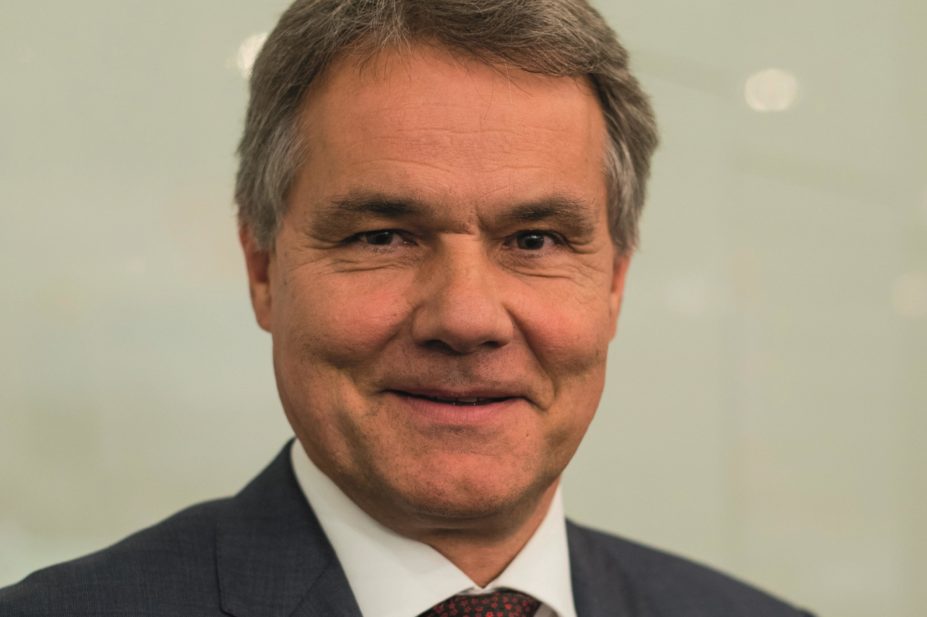
Arjen Veldt
A continued focus on dispensing in pharmacy remuneration systems across the world is stifling the provision of wider services, according to a report by the International Pharmaceutical Federation (FIP).
Remuneration in community and hospital pharmacy remains predominantly linked to products in most cases and provides little incentive for changes in pharmacy practice, the study found. This is despite an “urgent need” to find other revenue sources as pharmacies’ income falls as a result of declining prices of pharmaceutical products.
Pharmacies are also effectively subsidising services related to dispensing, such as advice to patients, because these mandatory functions are often not acknowledged and incentivised separately, leaving pharmacies out of pocket, the report warns.
Long-term viability of community pharmacies remained a “common concern” for pharmacy associations worldwide, primarily because of the “substantial impact” of price and margin cuts. Independent pharmacies may be particularly at risk since larger pharmacy chains are more capable of withstanding lower dispensing fees.
The authors said increasing numbers of countries were reforming remuneration models to include more fee-based services, however.
“Pharmacy remuneration models need to value what pharmacies already bring to patients’ use of medicines, public health, health systems and the economy, as well as to embrace extended roles and collaborative practices within primary health care and hospital care,” the report says.
‘Sustainability of pharmacy services: advancing global health’, the first report of its kind, draws on information obtained from 49 member organisations of FIP, using surveys, semi-structured interviews and document reviews, as well as six in-depth case studies. It was published at the FIP World Congress in Dusseldorf, Germany, held on 29 September to 3 October 2015.
“We [cannot forget] that we have to finance the basic activity of the pharmacist,” said Dominique Jordan, a member of the FIP Community Pharmacy Section Executive. “It’s a reason why pharmacy remuneration models must ensure the sustainability and profitability of pharmacists and the basic service delivered by pharmacists first. Additional services have to be discussed with payers, that adequate payment is coming for providing this service.”
He adds: “It’s important that additional services associated with medicines supply are focused on patient need and not on the need of pharmacists.”
Presenting the results relating to hospital pharmacy, Jacqueline Surugue of the FIP Hospital Pharmacy Section Executive, said: “We should shift from a product-focused model to a more service-focused model, more focused on the patient needs.”
She stressed that pharmacy remuneration models across community and hospital settings must include an evidence-based approach to how they are implemented, as incentives and guidelines alone would not change practice.
The report’s authors suggested introducing more transparent criteria in remuneration models, including measures of and incentives for quality, as well as reduced complexity and better communication to explain what pharmacists do and how they are reimbursed.
“We present this report so that our members have a fresh, global view of the state of remuneration,” says Luc Besançon, FIP chief executive officer and general secretary. “From this they can reflect on their own systems, the direction of pharmacy and what they want to achieve for the profession.”
You may also be interested in

Revisiting 2023: a look back at the year in pharmacy

Almost 40% of older adults with polypharmacy given inappropriate prescription when starting treatment for type 2 diabetes, study finds
